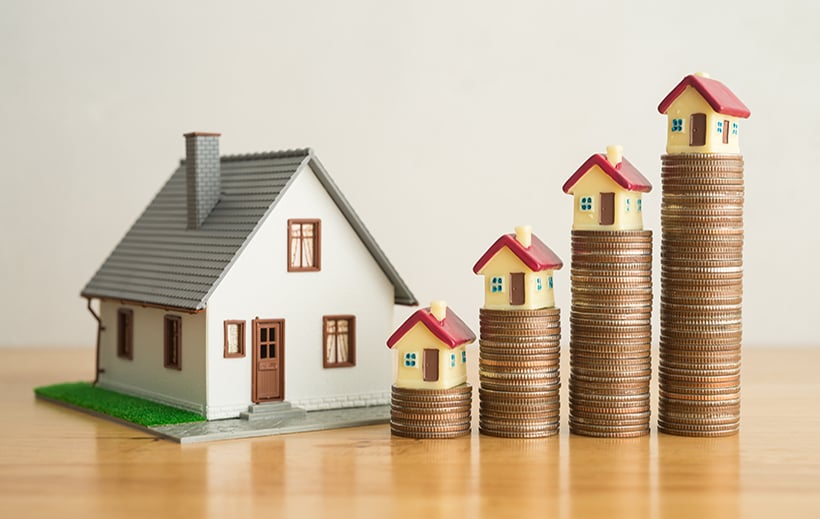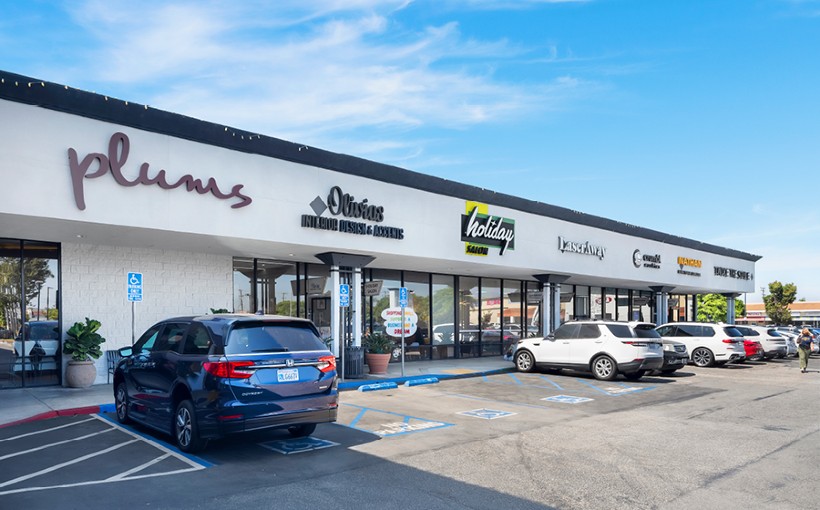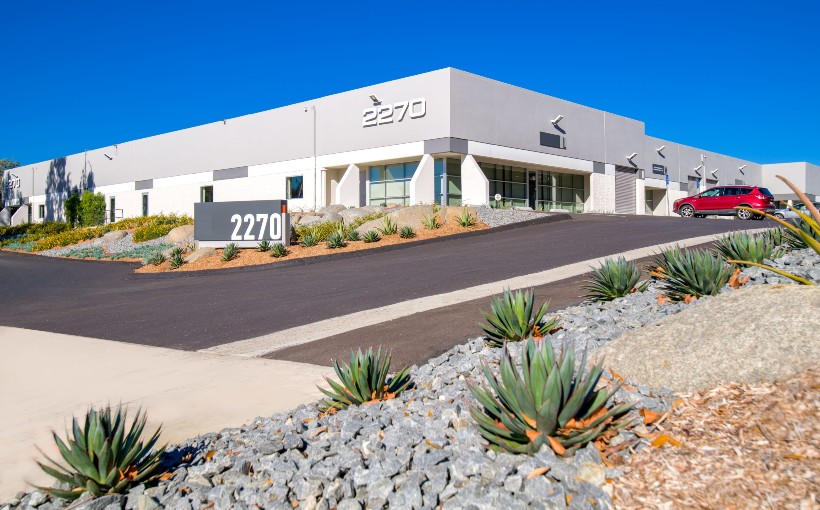The upcoming mid-September meeting of the Federal Reserve is expected to result in a cut to the Effective Federal Funds Rate (EFFR). While this may not lead to a significant drop in current single-family housing mortgage rates, it has raised questions about potential changes in interest rates.
Marcus & Millichap’s Senior Vice President and National Director of Research and Advisory Services, John Chang, does not anticipate an immediate surge of homebuyers entering the market. In a recent video, Chang shared his insights on trends in single-family housing and their potential impact on commercial real estate.
Previous Situation:
In early 2020, EFFR was between 1% -2%, while 30-year mortgage rates were around 3%. This low cost of borrowing drove demand for homes which resulted in increased prices. “In January 2020,” said Chang,”the median home price was $283k but by end-2021 it had risen to $378k.”
However, inflation surged leading to an increase in EFFR by the Fed. The rate went from starting at around 1.6% at beginning-of-year (BOY) up until almost reaching nearly double that amount or ~3x as much (~4%) towards year-end (EOY). As such there was also upward pressure placed upon other related metrics like: Treasury yields; e.g., those for ten years rose from BOY levels near ~$160bps up-to EOY ones near ~390bps! Consequently this pushed-upwards both thirty year mortgages’ costs too–from BOY values close-to~340 bps all-the-way-up-towards EOY figures approaching~640 bps!
This led some experts believing that these higher interest rates would dampen sales activity while simultaneously causing prices within residential markets nationwide decrease due primarily because homeowners would be forced into selling properties they’d purchased with lower-cost debt before being able afford buying new ones using more expensive financing. However, Chang disagreed with this theory for two reasons:
1) Homeowner lock-in effect: Few homeowners would want to sell their homes with a locked-in 3% mortgage rate only to buy another one at 6-7%. This resulted in a shortage of available “used” houses on the market, while construction of new homes also slowed down.
2) Housing shortage: Despite adding around 1.5 million new housing units per year, the US still faced a deficit of approximately three and half to five million homes in early-to-mid-2020s. As such there was little change seen within this figure over time–even as median home prices continued rising steadily throughout these years; reaching ~$412k by mid-2024!
Current Situation:
Chang believes that these factors will continue driving up single-family housing prices for some time yet. He stated that pent-up demand has been and will remain strong enough so as keep pushing upwards towards higher price levels–while simultaneously keeping mortgage rates elevated (with no significant declines expected anytime soon). Consequently he says affordability gap between owning vs renting is now wider than ever before recorded historically! In fact it’s become so wide already today it’s reached an all-time high level according him.
So what does all this mean for commercial real estate?
Multifamily : With buying becoming increasingly more expensive compared renting which remains relatively cheaper option instead means fewer people are likely switch from being renters into owners any time soon; thereby reinforcing rental demand even further going forward.
Retail : Another factor contributing towards increased housing demand is household formation growth due primarily because millions enter adulthood each year (e.g., ~4m turning twenty-two annually during next five years alone!). These households need goods too like soft goods furniture appliances etc.; thus several retail segments may see boosts sales volume accordingly over coming months/years ahead!
Industrial & Self-storage : Stronger retail sales automatically require more industrial space (e.g., warehouses logistics centers etc.). Furthermore, household formation also tends to increase demand for self-storage units.
Chang concluded by stating that while these trends are likely to continue in the near future, they are subject to change depending on economic conditions. He believes that if the economy remains strong, there will be an increase in demand for commercial real estate. However, as always there are many variables at play and this could change over time.




